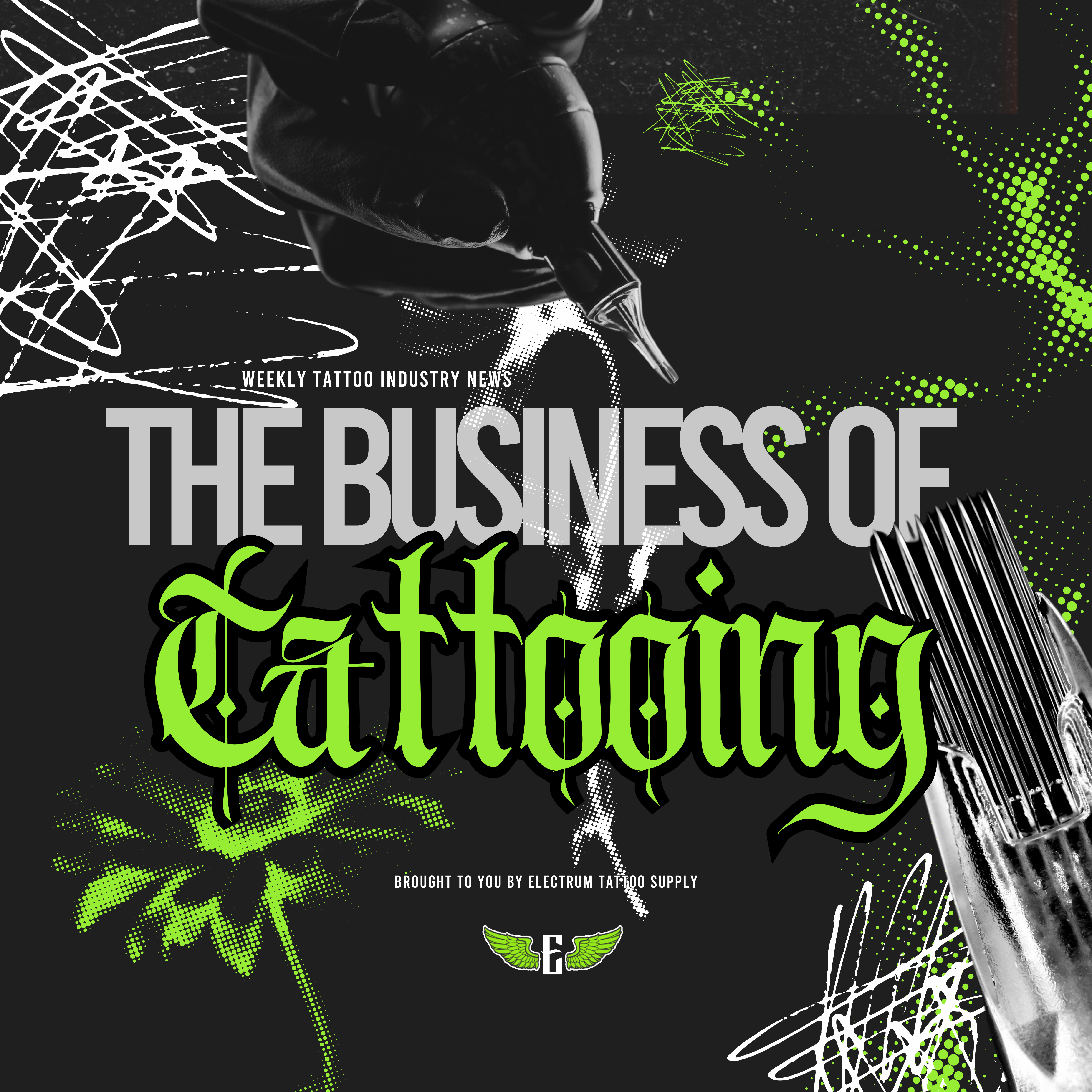So you’ve got a few designs, a sketchbook full of half-finished ideas, and a burning desire to be taken seriously.
Time to build a flash book, right?
Yes—but let’s make it one that doesn’t suck.
Whether you’re an apprentice or a new artist, your flash book is more than just “cool art”—it’s your handshake, your pitch, your silent sales rep sitting on the counter waiting to get picked.
Here’s how to make one that clients actually want to pick from.
1. Know the Purpose of Your Flash Book
Your flash isn’t just for show.
It should:
-
Help clients choose something from your style
-
Show off your linework and saturation skills
-
Give you consistent practice with designs you love
-
Make it easy to say “No customs, flash only this month”
A good flash book = fewer chaotic last-minute redesigns + more tattoos you actually want to do.
2. Pick a Style and Stick to It
Flash isn’t where you show off your range.
It’s where you define your voice.
If your flash book has:
-
A cute kawaii frog
-
A biomech skull
-
A photorealistic lion
-
A fine line flower
You don’t look versatile—you look like you’re still figuring out who you are.
Pick a vibe. Commit. Build around that.
3. Design for Skin, Not Just Aesthetics
Tattoo flash has to be tattooable. Not just pretty.
When designing:
-
Use bold, clean linework
-
Avoid excessive tiny detail that won’t heal well
-
Think about placement—arm, thigh, ankle—does it fit?
-
Use black to create depth and contrast, even in color pieces
If it wouldn’t hold up in five years, it doesn’t belong in your book.
4. Organize It Logically
Nobody wants to flip through chaos.
Try organizing your book by:
-
Theme (flowers, critters, daggers, spooky babes)
-
Size or pricing tiers
-
Color vs. black and grey
Label clearly. Include dimensions, prices (if applicable), and whether designs are repeatable or one-and-done.
5. Print It Professionally (or Neatly AF)
Yes, you can use an iPad or a nice binder, but don’t make it look like a high school art project.
Options:
-
Laminated printouts in a sleek portfolio binder
-
A branded iPad flash book for easy browsing
-
Printed zines you hand out or sell at events
Use consistent formatting. Add your name/handle on each page. Sign your flash.
6. Update It Regularly
Your style evolves. Your skill improves.
That flash sheet you loved 6 months ago? Might not hit the same now.
Schedule time every month or so to:
-
Retire old pieces
-
Redraw or tweak old designs
-
Add new ones you’re excited about
-
Make seasonal or themed sheets (Halloween flash, Pride flash, etc.)
7. Make It Easy to Choose from
The best flash books don’t intimidate people.
They spark joy and say: “Pick me. I’m gonna look hot on your leg.”
Don’t overload your pages. Keep the layout clean.
Highlight your favorite pieces.
And make sure someone who knows nothing about tattoos could flip through and fall in love.
Bonus: What to Avoid
-
Sloppy linework (clients notice)
-
Unclear pricing or sizing
-
Ripping other artists’ flash (you will get called out)
-
Adding customs into the flash book (keep them separate)
TL;DR: Flash That Sells = Art You’d Want Tattooed on Your Best Friend
Because if you’re going to spend hours drawing it, printing it, and showing it off—you deserve to actually tattoo it.
Start small. Stay consistent. Keep refining.





